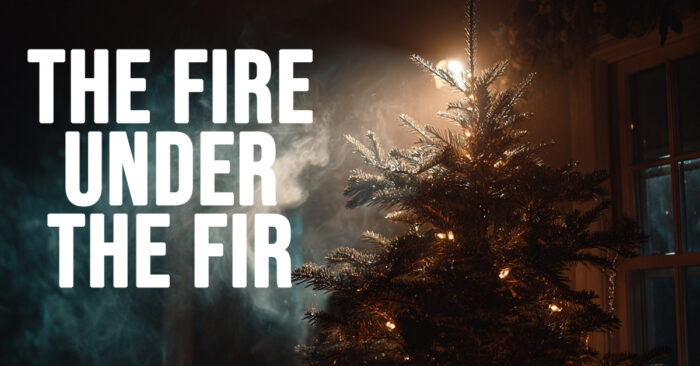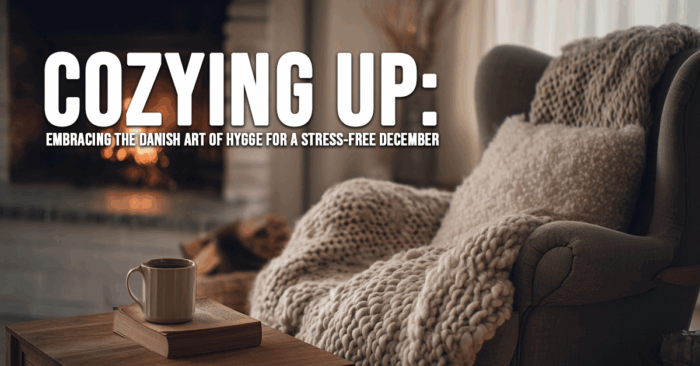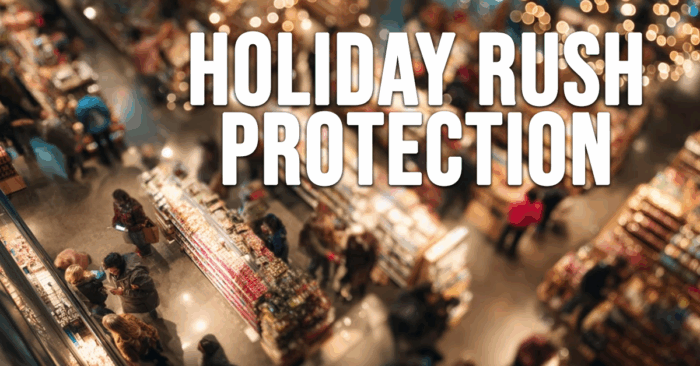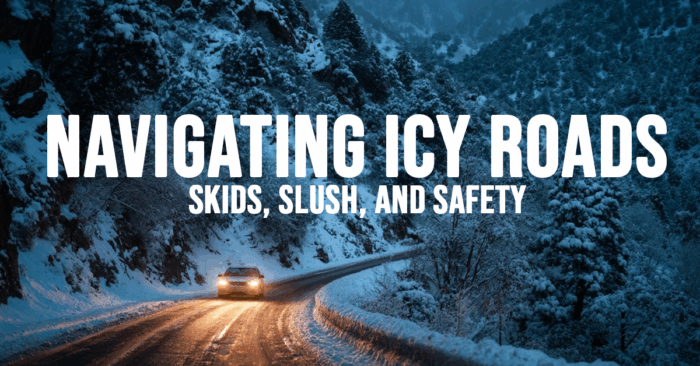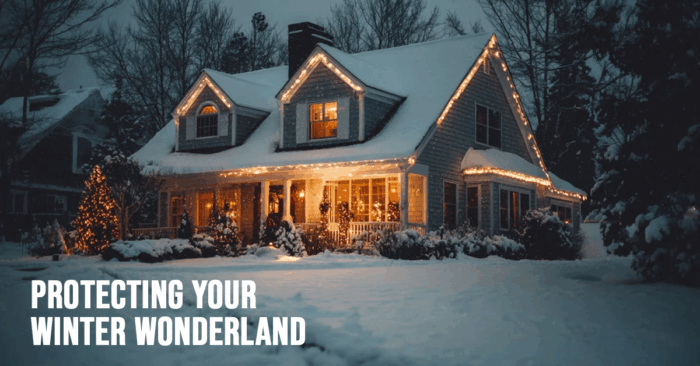3 Dangerous Items You Don’t See Around Homes Anymore
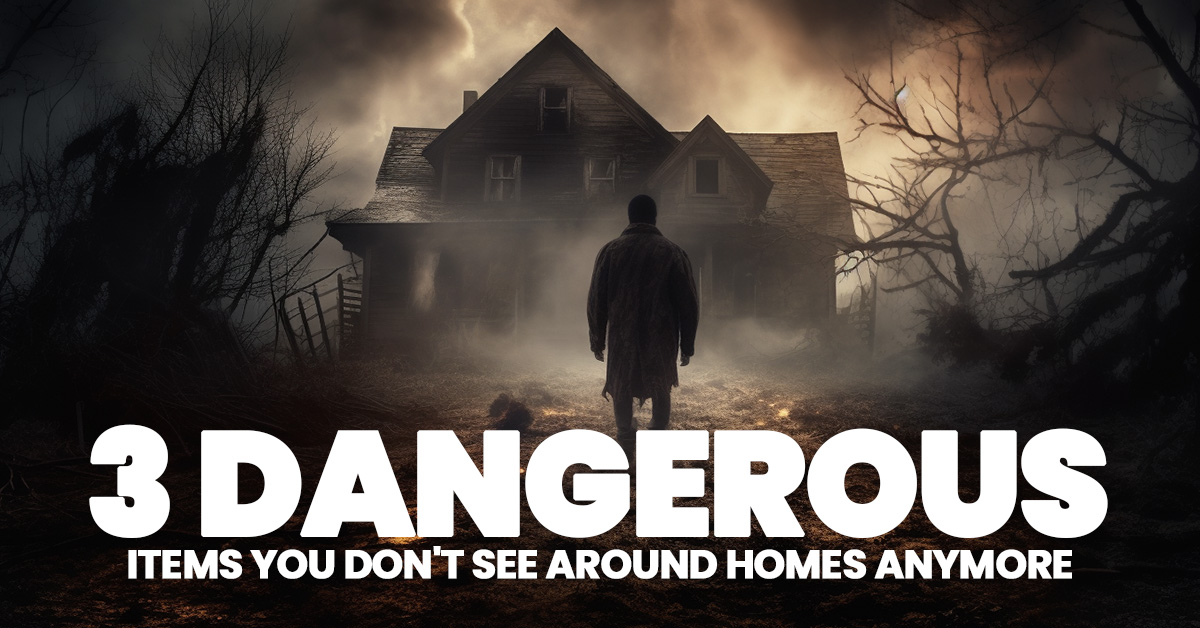
3 Dangerous Items You Don’t See Around Homes Anymore
Our homes are supposed to be a safe haven, but there are some items that can pose a danger to our safety. In recent years, many of these dangerous items have disappeared from homes, thanks to safety regulations and changing customs.
3 Dangerous Items You Don’t See Around Homes Anymore
- Lawn darts: Lawn darts were a popular game in the 1960s and 1970s, but they were banned in many countries due to their high injury rate. The darts could easily fly off course and hit people or pets, causing serious injuries.
- Diving boards: Diving boards were once a common feature in backyard pools, but they have become less popular in recent years due to the risk of head and neck injuries. In fact, homeowners insurance rates can be higher for homes with diving boards.
- Two-prong electrical plugs: Two-prong electrical plugs were the standard in homes for many years, but they are no longer considered safe. These plugs do not have a grounding wire, which can increase the risk of electrical fires.
Why These Items Are No Longer Common
The disappearance of these dangerous items is due to a number of factors, including:
- Safety regulations: Many of these items were banned or recalled due to safety concerns. For example, lawn darts were banned by the Consumer Product Safety Commission (CPSC) in 1988.
- Changing customs: People are now more aware of the dangers of these items and are less likely to have them in their homes. For example, many people now choose to have backyard pools without diving boards.
- Improved technology: There are now safer alternatives to these items available. For example, there are now three-prong electrical plugs that have a grounding wire.
How to Keep Your Home Safe
If you have any of these dangerous items in your home, it is important to get rid of them. You can also take steps to make your home safer by:
- Installing smoke detectors and carbon monoxide detectors.
- Keeping electrical cords out of reach of children and pets.
- Using safety gates around stairs and pools.
- Being aware of the risks of other dangerous items in your home, such as sharp objects and chemicals.
By taking these steps, you can help keep your home safe for you and your family.
Contact your insurance agent today to discuss your homeowners’ insurance needs. We can help you make sure you have the right coverage to protect your home and belongings.
Do you have questions about your insurance? Find an insurance agent near you with our Agent Finder
Search All Blogs
Search All Blogs
Read More Blogs
The Most Sustainable Gift: Life Insurance and the Value of Income Continuation Planning
Life insurance ensures the Christmas cheer continues. Practical tips on using income continuation math to calculate the right term policy size for your family.
From Home to Holiday: Securing Your Christmas Road Trip Auto Coverage Checklist
Heading over the river and through the woods? Your Christmas road trip needs an auto insurance checkup, focusing on roadside assistance and UIM coverage.
The Fire Under the Fir: Insuring Against Christmas Tree Calamity and Holiday Fire Risk
Don’t let a dried-out tree ruin Christmas. Essential home insurance tips for fire safety, electrical risk, and candle liability during the holiday season.
Cozying Up: Embracing the Danish Art of Hygge for a Stress-Free December
Banish the December chaos! A simple guide to adopting Hygge—the Danish concept of cozy contentment—for a truly joyful holiday season.
Tinsel, Traffic, and Transactions: Insuring Your Business Against December’s Holiday Rush Risks
Don’t let the holiday rush expose your business. A guide to essential commercial insurance coverages for increased sales, foot traffic, and cyber threats in December.
The Ultimate December Gift: Why Life Insurance is the Most Important Present You’ll Ever Give
Forget the gadgets; life insurance is the real gift of security. A timely look at protecting your family’s future during the season of giving.
Skids, Slush, and Safety: How Your Auto Insurance Navigates the December Driving Nightmare
Essential auto insurance checks and tips for safe, claim-free driving through December’s challenging winter weather and holiday traffic.
Snowed In, Safely Covered: A December Guide to Home Insurance and Winter Preparedness
Don’t let winter woes ruin your holiday cheer. Essential tips on home insurance coverage for snow, ice, and festive accidents.
The Mindful Feast: Reclaiming Thanksgiving in a World of Distraction
Want a more peaceful Thanksgiving? Learn how to embrace a mindful approach and find true gratitude this year.
The New Entrepreneur’s Playbook: Insuring Your Business for Digital and Global Risks in 2026
Starting a digital-first business? Learn how to protect your enterprise from modern risks in 2026.


